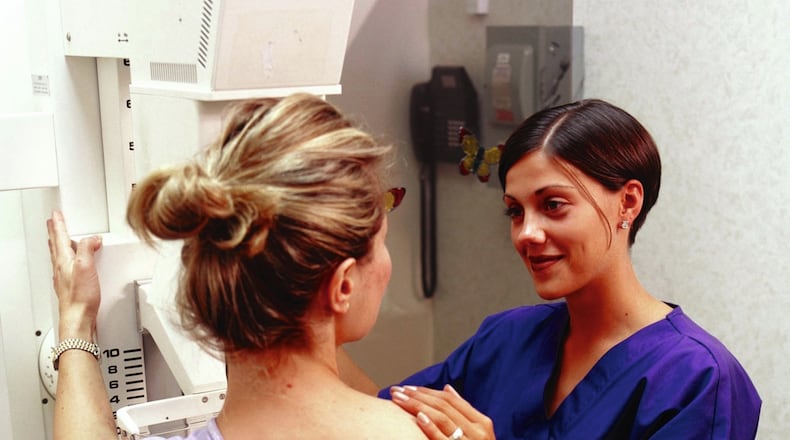FIVE FAST READS
• Local mall announces new store coming two days in a row
• New store to open at Beavercreek mall
• Amazon boosts wages for area Whole Foods, Amazon workers
• New store opening in former Fairborn Kroger space
• New Centerville arts, crafts store announces opening date, giveaways
The list of potential side effects of breast cancer treatments is lengthy, but may include the following conditions or issues.
1. Fatigue
The nonprofit organization Breastcancer.org notes that fatigue is the most common side effect of breast cancer treatments, with some estimates suggesting it affects as many as 90 percent of all patients. Some breast cancer patients may experience fatigue after treatment and find it’s worsening because they are eating less and not getting enough nutrients. In such instances, the initial fatigue may make people too tired to cook, ultimately contributing to more fatigue when they are not eating or eating convenient yet potentially unhealthy foods. Cooking healthy foods in bulk when fatigue is not overwhelming and accepting others’ offers to cook is a great way for cancer patients to ensure their diets are helping them combat fatigue and not making fatigue worse.
2. Lymphedema
Johns Hopkins School of Medicine notes that, following breast cancer treatment, some patients may suffer from lymphedema, a condition characterized by the accumulation of lymphatic fluid in the tissues. Lymphedema most often occurs in the arms, but can contribute to swelling in other parts of the body as well. Why some people suffer from lymphedema after treatment and others don’ t is a mystery, though surgeons at Johns Hopkins Breast Center have noticed a low occurrence of lymphedema in patients who have undergone sentinel node biopsies or axillary node dissection. Breast cancer patients are at risk of lymphedema for the rest of their lives after treatment, and while there’ s no way to prevent it, patients should avoid getting needle sticks or blood pressure tests in arms where lymph nodes were removed. In addition, any injuries or cuts in arms where lymph nodes were removed should be treated with vigilance.
3. Infertility
Many women will stop menstruating while undergoing chemotherapy or after chemo treatments, and that cessation is often temporary. These irregularities may be traced to hormonal therapies that make the ovaries stop producing eggs. However, in some instances, even premenopausal women may have trouble getting pregnant after hormonal therapy. Breastcancer.org notes that women whose periods do not return after treatment may still be fertile, but also notes that women who are close to menopause when beginning chemo may become permanently infertile. Women who have been diagnosed with breast cancer who are concerned about post-treatment infertility should speak with their physicians immediately about their prospects of getting pregnant after treatment, including fertility treatments and the potential safety risks of getting pregnant after being diagnosed with breast cancer.
Breast cancer treatments save lives every day. When discussing treatments with their physicians, breast cancer patients should ask questions about potential short- and long-term side effects.
About the Author

